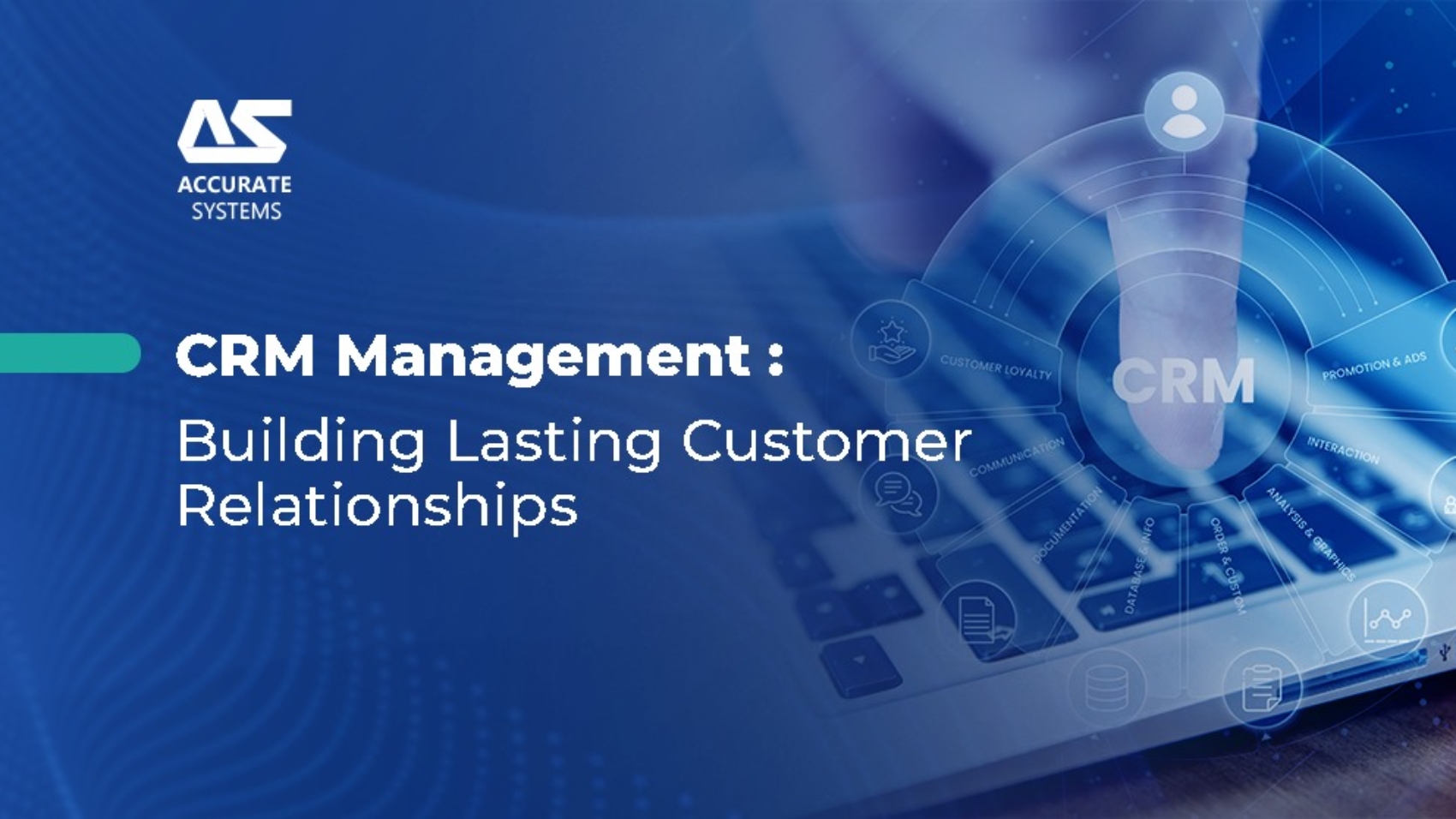Human Resources Management (HRM) is the strategic approach to managing an organization’s most valuable asset—its people. HRM encompasses a wide range of functions and practices designed to attract, retain, develop, and engage the workforce. It plays a pivotal role in shaping the culture, performance, and success of an organization in the ever-evolving landscape of the modern workplace.
The Significance of Human Resources Management
People are the lifeblood of any organization. Effective HRM ensures that the right individuals with the right skills are in the right roles. It is not just about hiring and firing; it’s about fostering a positive workplace culture, supporting employee growth, and aligning human capital with organizational goals.
Key Components of Human Resources Management
- Talent Acquisition: Attracting and recruiting top talent is a core function of HRM. This includes job posting, interviewing, and candidate selection.
- Employee Development: Providing opportunities for training and development enables employees to enhance their skills and contribute more effectively to the organization.
- Performance Management: Effective performance management includes setting clear expectations, providing feedback, and evaluating employee performance to support career growth and continuous improvement.
- Compensation and Benefits: HR professionals design competitive compensation packages and benefits to attract and retain talent while ensuring compliance with labor laws.
- Employee Relations: Managing employee relations involves handling conflicts, addressing grievances, and maintaining a positive work environment.
- Workplace Diversity and Inclusion: Promoting diversity and inclusion initiatives fosters a more equitable and innovative workplace.
Benefits of Effective Human Resources Management
- Employee Engagement: HRM practices contribute to higher employee engagement, which is linked to increased productivity and job satisfaction.
- Talent Retention: Effective HRM helps organizations retain their top performers, reducing turnover costs.
- Compliance: HR professionals ensure that organizations adhere to labor laws and regulations, mitigating legal risks.
- Strategic Alignment: Aligning HR practices with the organization’s strategic goals supports long-term success and growth.
Technology in Human Resources Management
Technology has transformed HRM. HR software, talent management systems, and data analytics tools enable HR professionals to streamline processes, make data-driven decisions, and enhance the employee experience.
Challenges and Considerations
Challenges in HRM include managing remote workforces, adapting to changing workplace norms, and addressing issues related to diversity, equity, and inclusion. HR professionals must navigate these challenges while fostering a positive and inclusive workplace culture.
The Future of Human Resources Management
The future of HRM is likely to involve increased reliance on data analytics for workforce planning, a focus on employee well-being, and the incorporation of artificial intelligence (AI) and automation in routine HR tasks.
In conclusion, Human Resources Management is a dynamic and multifaceted discipline that shapes the heart and soul of organizations. It is about more than just managing personnel; it’s about optimizing the workforce’s potential, promoting a positive workplace culture, and aligning human capital with organizational goals. In an era where talent is a critical competitive advantage, organizations that excel in HRM are better positioned to adapt, innovate, and thrive in a rapidly changing world.




